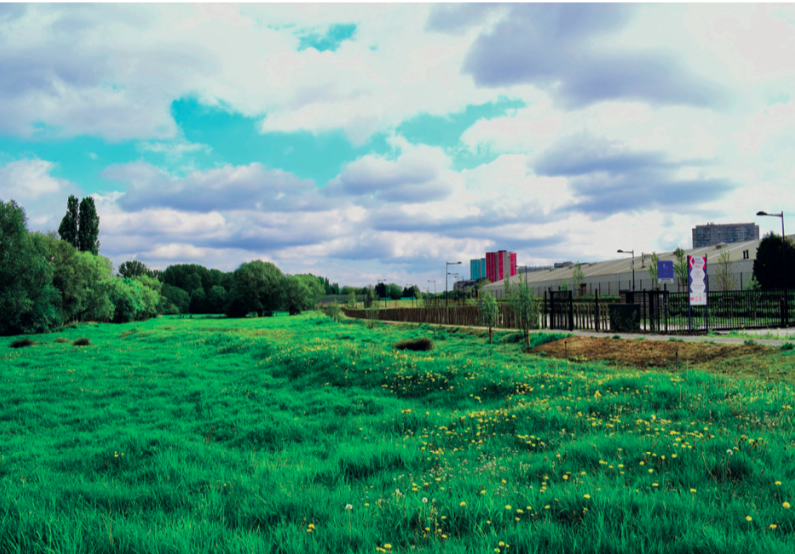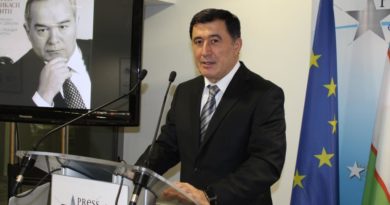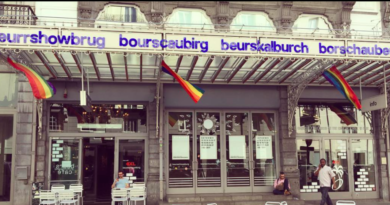2018 Communal Elections: Spotlight on Ganshoren
The least known and most intriguing
Ganshoren is probably the least known commune of the Brussels-Capital Region. Even some Belgians themselves may not be aware that it exists. And that is, perhaps, what makes Ganshoren all the more interesting. What could be more mysterious than a place people rarely hear of or talk about, and one that seems to have a life and world of its own?
Nestled in the northwestern fringes of the Brussels region, Ganshoren covers an area of 2.5 square kilometers with a schizophrenic landscape. In some parts, it looks like a city. And in others, like the farming district it once was. From north to northwest, the commune is an expanse of green with an industrial zone in the background. From center to south, the commune is a densely populated cluster of neighborhoods with a few farms in sight.
The inhabitants of Ganshoren generally belong to the middle class. They added up to 24,596 in 2017 with more than one fifth belonging to foreign nationalities. The largest immigrant communities come from Romania, Morocco, and Poland.
Like most other communes in Brussels, Ganshoren is facing a demographic boom. The commune has seen an increase in the number of families having children and a growing percentage of households living in dire conditions. Ganshoren has the advantage of being one of the Brussels communes with a relatively large supply of social housing.
Managing its schizophrenic character is another challenge for a commune that seems forever torn between being a city and being a village. Industrial expansion may clash with efforts to preserve Ganshoren’s natural endowments and rural heritage.

In the last six years, the local government of Ganshoren delivered in terms of expanding childcare centers, reopening a renovated public pool, reconstructing the communal sports hall, setting up more bike lanes, and building an emergency house and a social grocery store through the Public Social Services Centers (CPAS). However, some of the commune’s projects were delayed because of too much political bickering among Ganshoren’s leaders.
The commune’s political landscape appears to be as complex as its geographical landscape.
After the 2012 elections, the Socialist Party (PS) and the Reformist Movement (MR) became the governing parties in Ganshoren, but disagreements marred their partnership. The rapport was much better between MR and opposition members from ProGanshoren, Ecolo-Groen, and DéFI (Democratic, Federalist, Independent). To complicate things further, the commune had to undergo a change in leadership last year after Ganshoren Mayor Hervé Gillard passed away. He was replaced by fellow liberal and MR member Robert Genard.
The outcome of this year’s communal elections may dictate whether Ganshoren politics will improve in the next six years or not. This time, PS is merging with sp.a (Socialist Party Differently), the Open Flemish Liberals and Democrats (Open VLD), and independent candidates under the name Ensemble/Samen. Ecolo and Groen are running as one team while the ProGanshoren list brings together the Humanist Democratic Center (cdH) and independent candidates. Other contenders will come from MR and DéFI.





